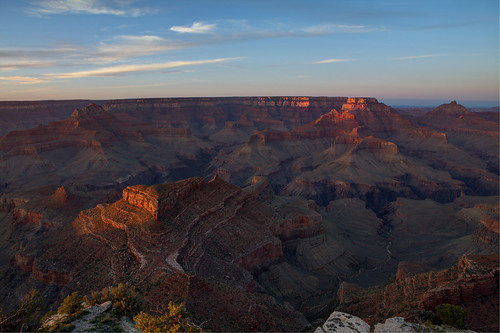Photography is not an easy task. It is not all about focusing on the target and clicking on the camera. There is more to it than just that. A lot of instinct and an array of lessons have to be undertaken for the photographer to be a professional. That is why amateur photographers do not only need the experience in taking pictures, but also a few lessons on techniques and the basics. And lets face it, when you’re floating the Grand Canyon you’re going to want to take some pictures, and you want them to be top notch.

Photo Credit: Grand Canyon National Park
Night photography is one of the most difficult things to master. The reason is not just that the subject cannot be easily seen in the dark, but also due to the shadows. This is why many photographers find it hard to take the perfect shot. For these reasons, below are some of the tips that might use as an up and coming photographer to become an expert in night photography. Believe it or not there are plenty of places within the Grand Canyon where night proper night photography would make a perfect shot.
1. Safe location- the first thing that you should do is to determine a safe location in the dark. You should remember that the shoot is taking place in the night with your expensive equipment. During the night, insecurity is high. Therefore, explore for safe sights that would make you and your target comfortable. There’s no sense dropping your camera into the Colorado River, so just be careful.
2. Extra parts-always make sure that you pack up spare batteries when you are out for a shoot in the dark. If you’re on the river there won’t be any place to get additional batteries or parts, so come prepared. So either pack up spare batteries or make sure that they are fully charged before you move out of the house and onto the Colorado.
3. Quality equipment-not all cameras will work for the night. The perfect camera to work on is the one which has manual settings. The most preferred is a single lens reflex (SLR). Automatic cameras do not work well at night since they are less powerful to overpower the darkness. A sturdy tripod with rubber legs is required to avoid slippage. Also, always carry a cable release to help you hold open the shutter speed.
4. Consider the exposures-longer exposures are required for black and white pictures as compared to the ordinary lighting photos. Conversely, color films produce a shift in the color.
5. The Flash- where the moonlight is not sufficient, photographers use a handheld flash light. This technique is known as painting the light. Other complex photographers may use light and torches as those used in movies.
Therefore, if you are an amateur and would like to conduct night photography, the above tips should help you to provide quality pictures as you do the job you are passionate of.
